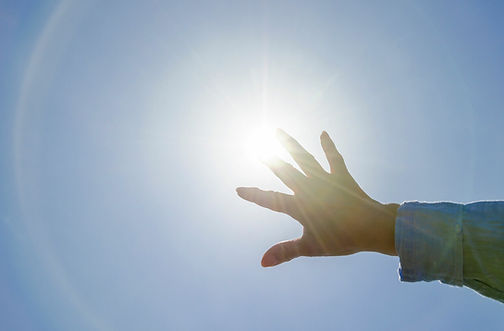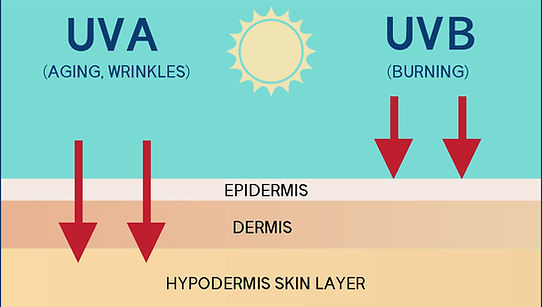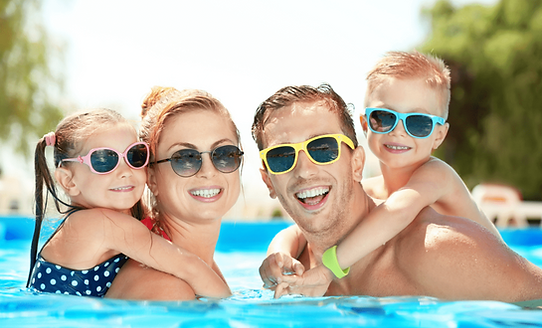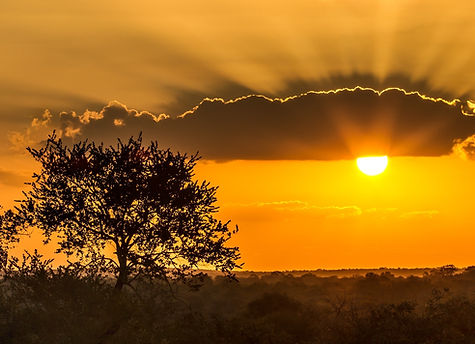
What is SPF?
When deciding what SPF product to buy, it's important to have a good understanding of the different UV rays that our bodies are exposed to and what the SPF rating on the product actually means for our skin. It is important to realise that the Sun Protection Factor of a product, only deals with the UVB part of the ultraviolet energy that comes from the sun. So, an SPF of 50 means that, if it took 10 minutes for redness to appear on unprotected skin, it will take around 50 times that for the same symptoms to appear on the protected skin.


UVA stands for Ultra-Violet A. UVA energy doesn’t cause as much redness or sunburn to your skin, but penetrates deeply. Both it and UVB damage the genes within the skin, which leads to mutations and in the worst cases, skin cancer. UVA also speeds up skin aging and can also cause pigmentation disturbances in the skin. UVA radiation, which accounts for most of the sun’s rays is present all through the day, even on cloudy days. A trick to remember this, UVA = UV-Aging.
What is UVA?
Broad Spectrum Sunscreen
UV radiation is a major risk factor for skin cancer, including melanoma and non-melanoma skin cancers. It also contributes to premature skin aging and other skin disorders. It’s important to understand the types of UV radiation,
UVA (320-400 nm): Penetrates deeply into the skin, causing aging and long-term skin damage. It may also act as a malignant melanoma trigger.
UVB (290-320 nm): Causes sunburn and is directly linked to skin cancer.
A SPF 30 or higher is recommend for the South African sun. Ideally broad-spectrum sunscreens that protect against both UVA and UVB radiation should be used. If you are going to be taking part in outdoor activities or swimming, water-resistant sunscreens are essential, and it is advisable to apply sunscreen generously 30minutes before sun exposure and reapply at least every two hours, if swimming or sweating profusely.



Be on the lookout for clothing with an ultraviolet protection factor (UPF) rating. UPF-rated garments provide an additional layer of protection against UV radiation.
A good hat is hard to beat! Wide-brimmed hats and UV-blocking sunglasses protect the face, neck, and eyes from harmful rays and are a must in summer!



